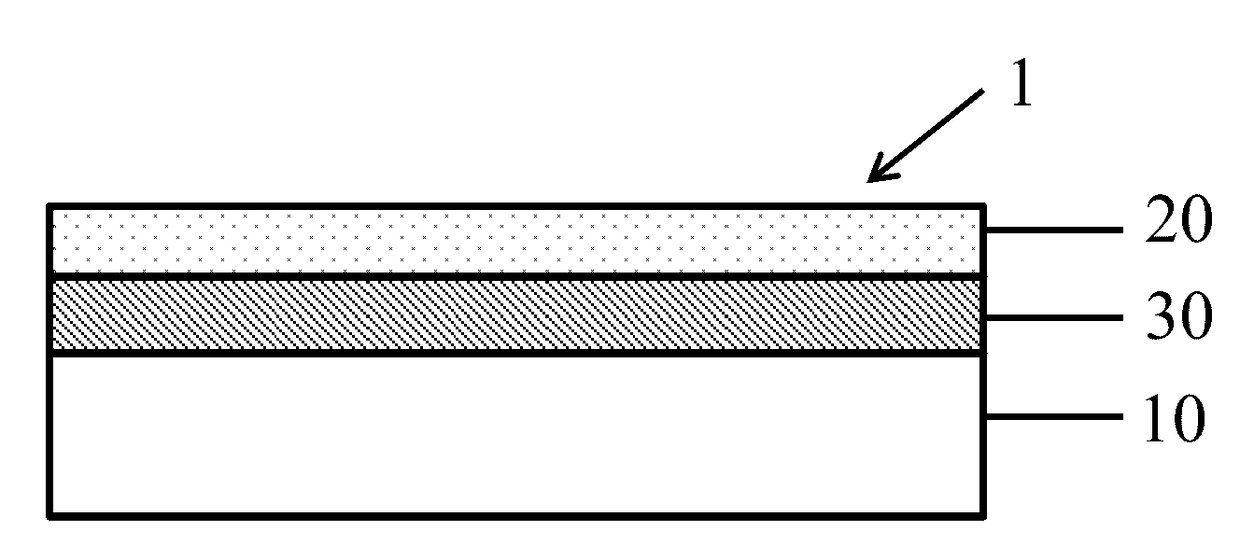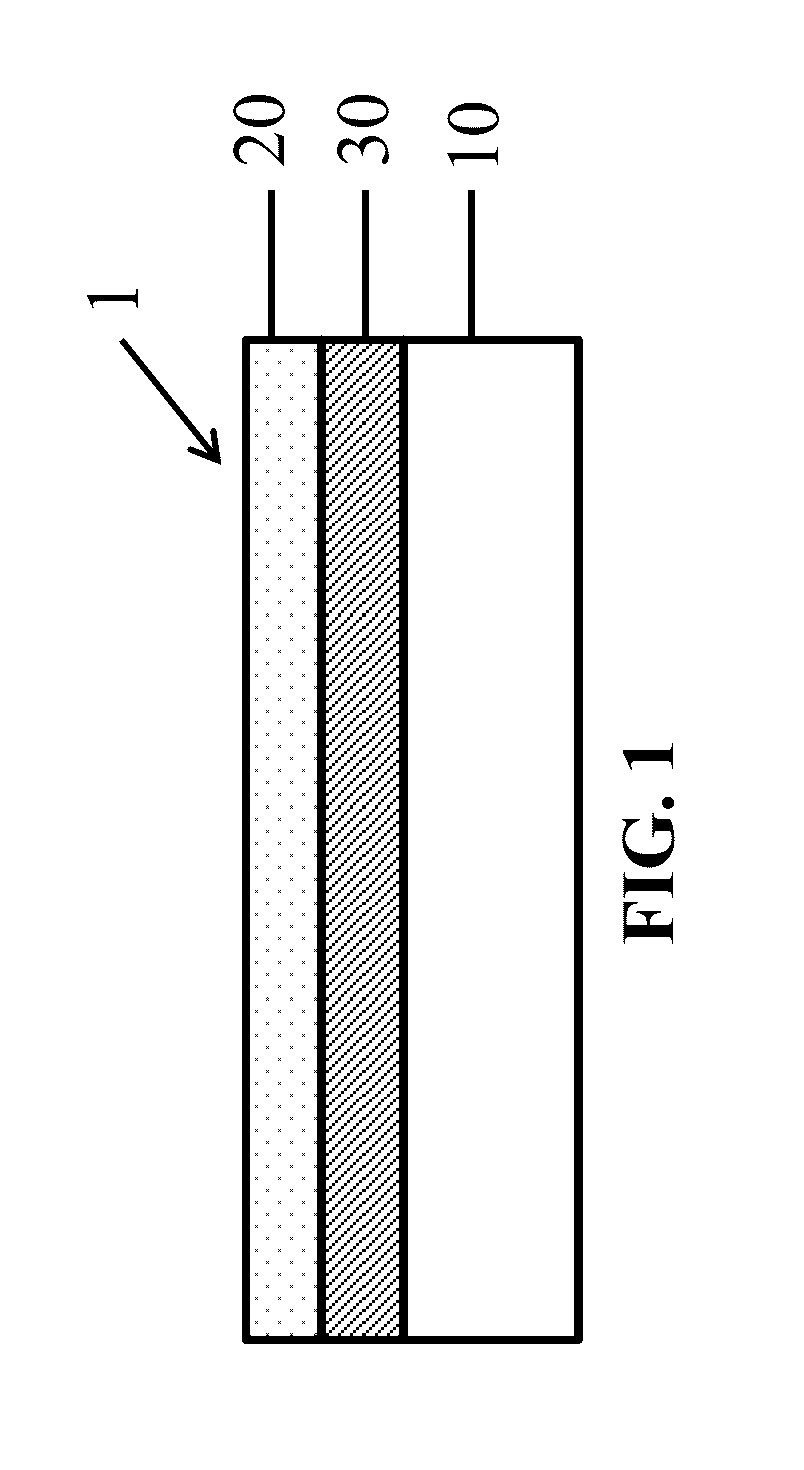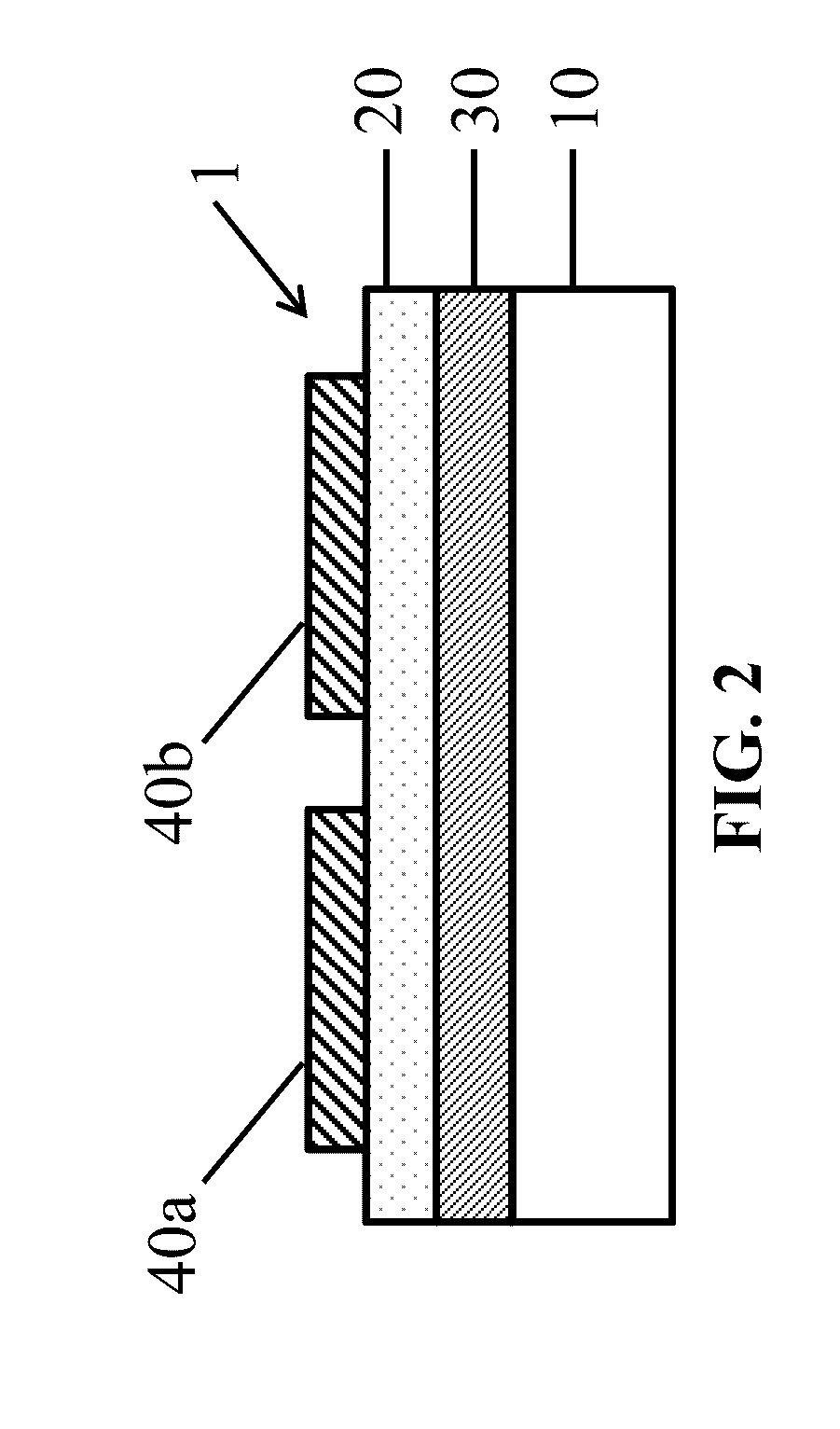Coated stacks for batteries and related manufacturing methods
a technology of coating stacks and batteries, applied in the direction of batteries, sustainable manufacturing/processing, cell components, etc., can solve the problems of complex and expensive equipment, inefficient and costly construction and operation, and the existing process of manufacturing lithium batteries, etc., to achieve less complex, less expensive, and higher speed
- Summary
- Abstract
- Description
- Claims
- Application Information
AI Technical Summary
Benefits of technology
Problems solved by technology
Method used
Image
Examples
Embodiment Construction
[0029]This invention pertains to coated battery stacks for use in batteries, such as lithium ion batteries and lithium metal batteries, as well as methods of making such batteries and related coated battery stacks. The coated battery stacks and batteries of the present invention have a lower cost, improved power and energy densities, and improved safety.
[0030]The present invention includes, but is not limited to, the following designs for lithium batteries and coated stacks and methods of making such batteries and coated stacks. In the following examples, the coated stack may be either an anode stack or a cathode stack, depending on the electrode material selected.
[0031]One aspect of the present invention will be described with reference to a process for manufacturing a lithium battery. As described in greater detail below, the process utilizes a reusable substrate 10, onto which the various layers of the battery stack are coated. Once the battery stack is assembled, the battery lay...
PUM
| Property | Measurement | Unit |
|---|---|---|
| thick | aaaaa | aaaaa |
| pore size | aaaaa | aaaaa |
| thicknesses | aaaaa | aaaaa |
Abstract
Description
Claims
Application Information
 Login to View More
Login to View More - R&D
- Intellectual Property
- Life Sciences
- Materials
- Tech Scout
- Unparalleled Data Quality
- Higher Quality Content
- 60% Fewer Hallucinations
Browse by: Latest US Patents, China's latest patents, Technical Efficacy Thesaurus, Application Domain, Technology Topic, Popular Technical Reports.
© 2025 PatSnap. All rights reserved.Legal|Privacy policy|Modern Slavery Act Transparency Statement|Sitemap|About US| Contact US: help@patsnap.com



